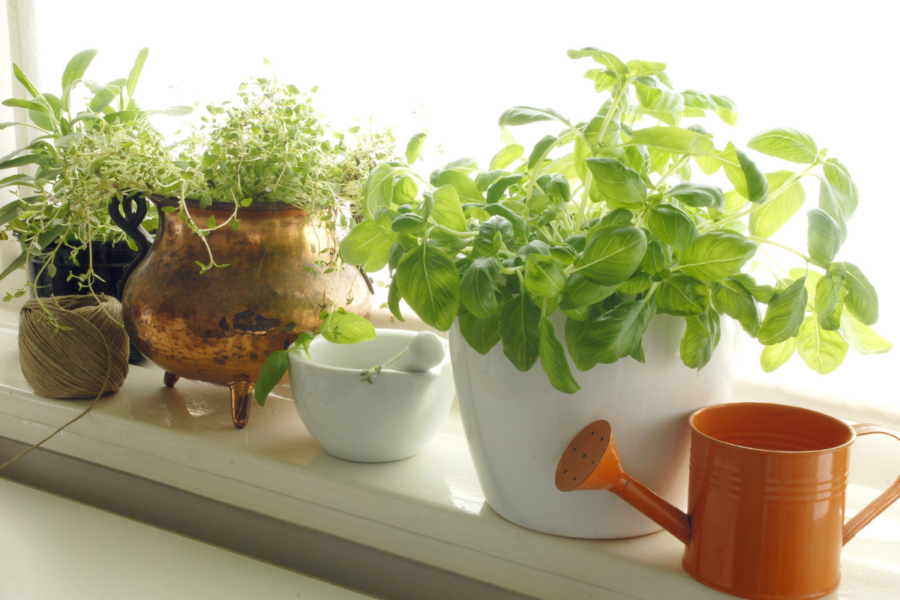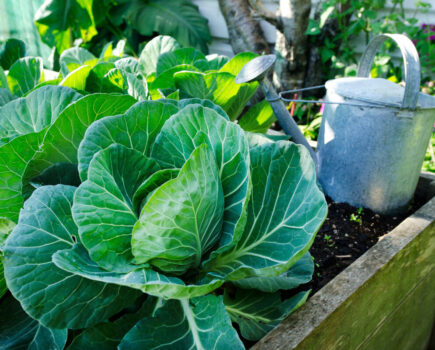Seeds, cuttings and divisions will provide bountiful flavours
One of the easiest ways to save money in the garden and kitchen is to grow your own herbs.
Many tender varieties such as coriander and basil can be grown all year round on warm sunny windowsills, while woody herbs such as sage, rosemary and thyme will happily sit out our cold wet winters.
Now the weather is starting to warm up again you can start sowing and growing herbs to use over the next few months. Sow a few pots of chives, parsley, coriander, tarragon and basil – there are so many varieties of basil seeds available now – every few weeks to get a continual supply of harvest-ready leaves.
It is also a good time to take some woody herb cuttings that can be used in patio containers or to replace old plants that have become straggly and unproductive. A branch was broken off one of our large rosemary bushes during a late winter storm and before it was added to the compost I took some cuttings to pot up and root on the kitchen windowsill.
It is also worth dividing pots of supermarket herbs. They are usually pot bound which is why they rarely live long, but split and repotted in fresh compost, they will grow and thrive and give you months of vibrant leaves.
Herb heroes
Create a year of taste
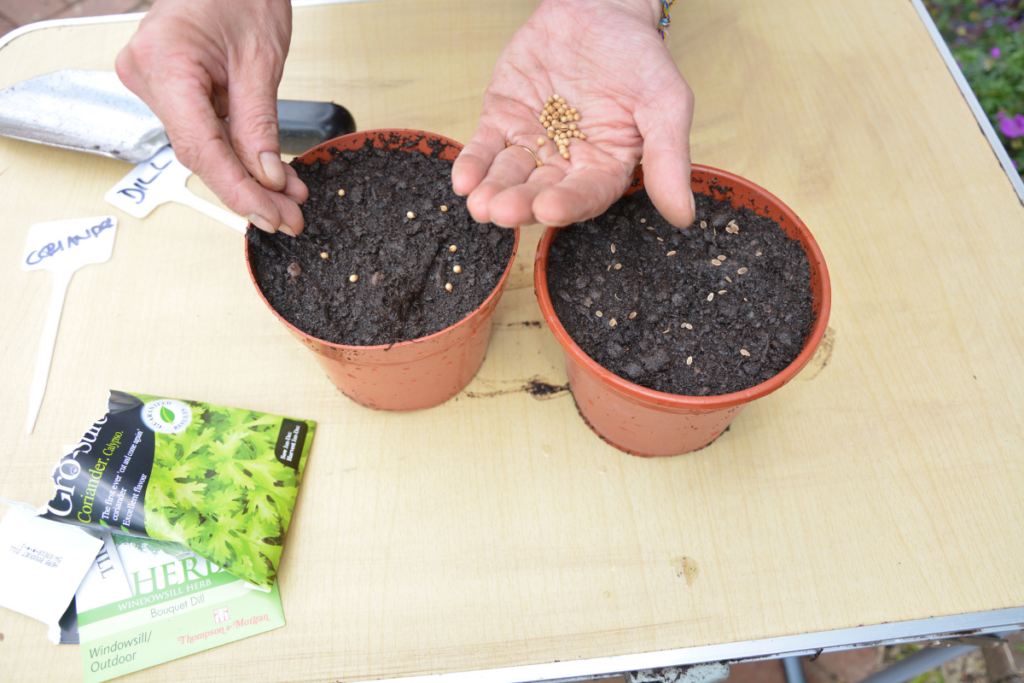
1. Sow pots of herbs every few weeks for a continual supply of leaves. At the end of summer, let some mature, then collect, dry and store their seeds.
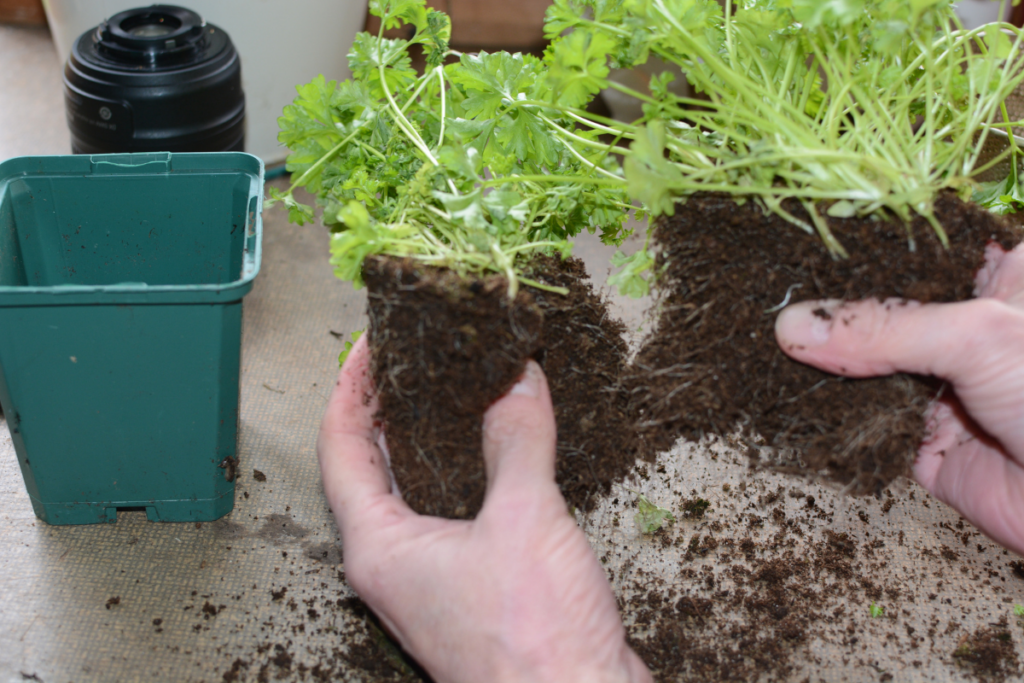
2. Give pots of supermarket herbs a new lease of life by dividing and repotting them in multipurpose compost. They will grow well and last a lot longer.
How to take herb cuttings
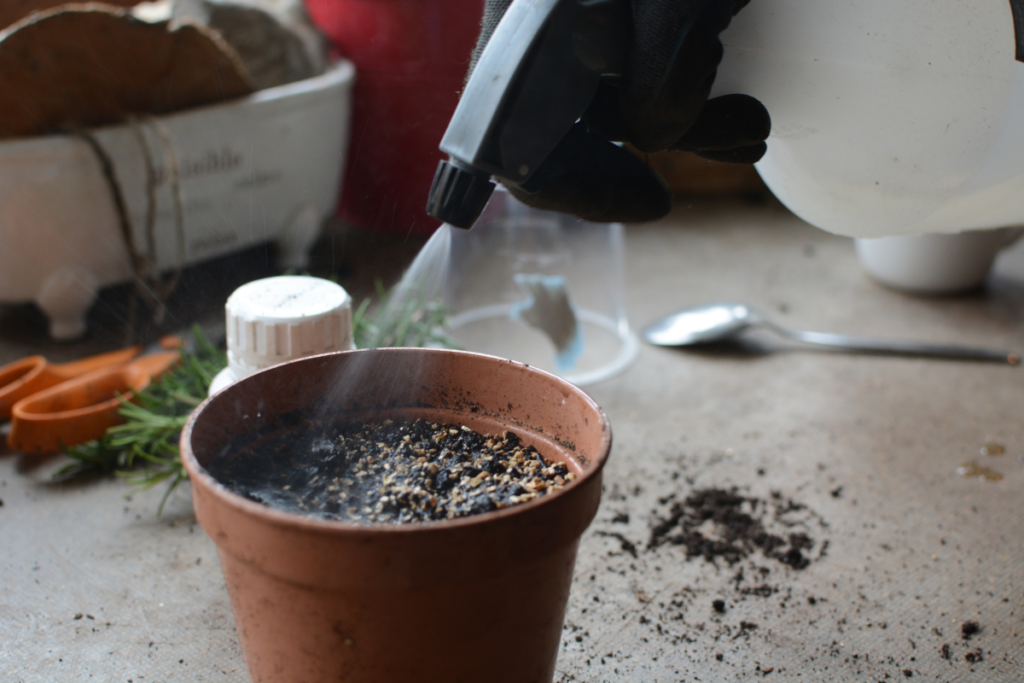
1. Fill a pot with seed compost and vermiculite, which should drain well and not get waterlogged, dampen it and let it drain.
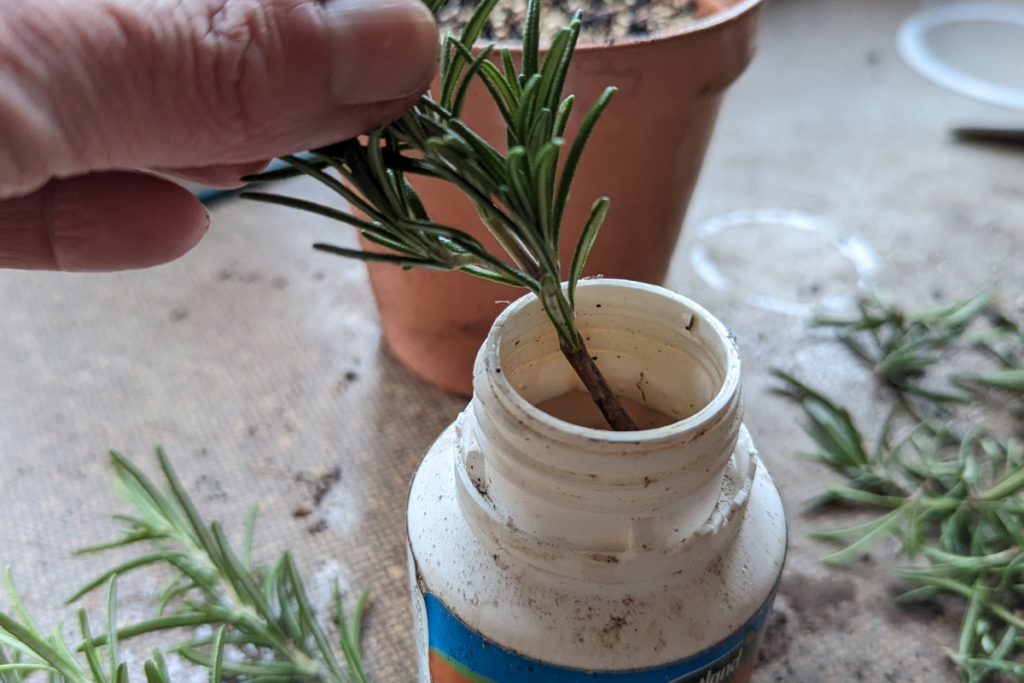
2. Cut young, healthy rosemary shoots, remove the lower leaves and dip the end in rooting compound.
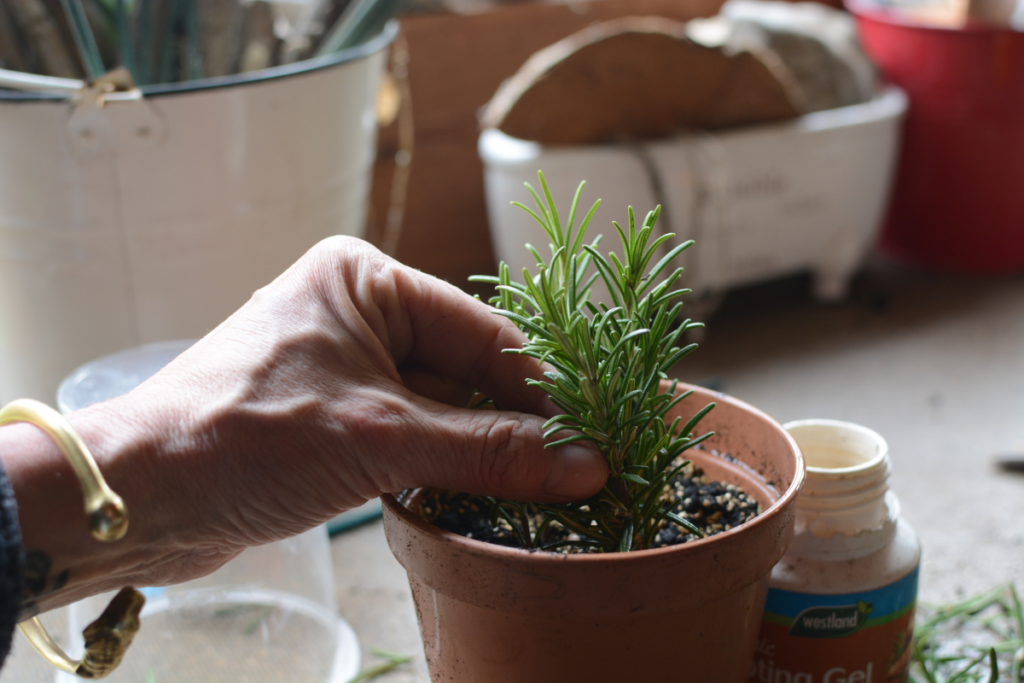
3. Insert the ends into the compost mix and firm down the soil around them. I usually put three or four cuttings in a single pot.
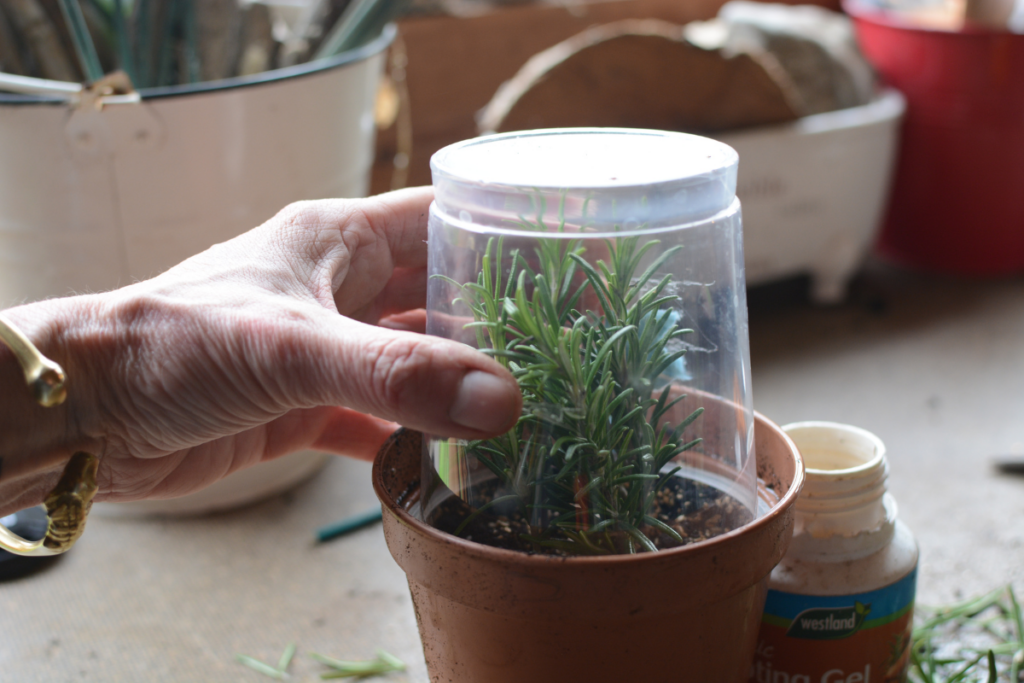
4. Seal the pot in a bag or use a cut up plastic bottle or clear yoghurt pot as a cloche, and set somewhere warm and light until the cuttings root.
Find more tips, advice and articles like this at the Amateur Gardening website. Subscribe to Amateur Gardening magazine now.

